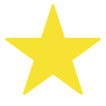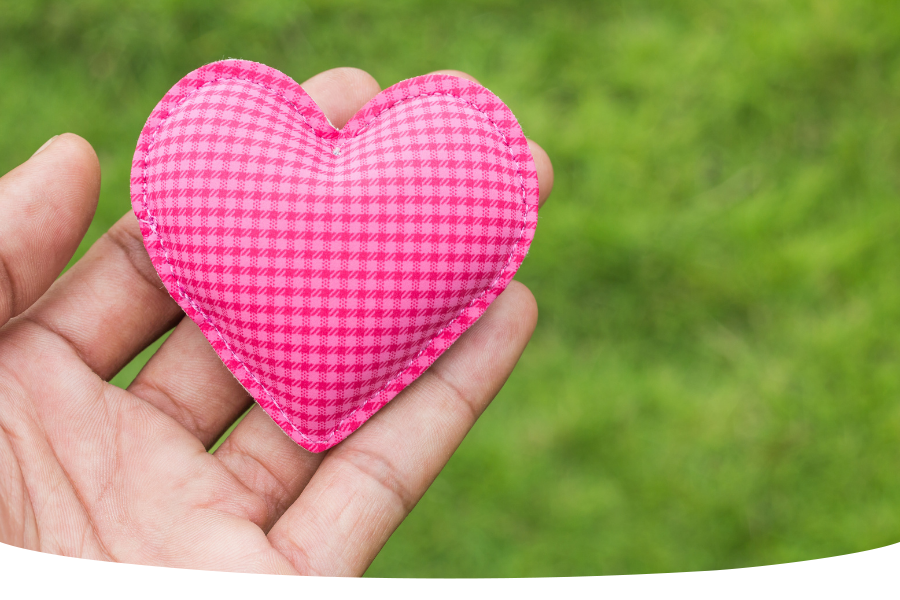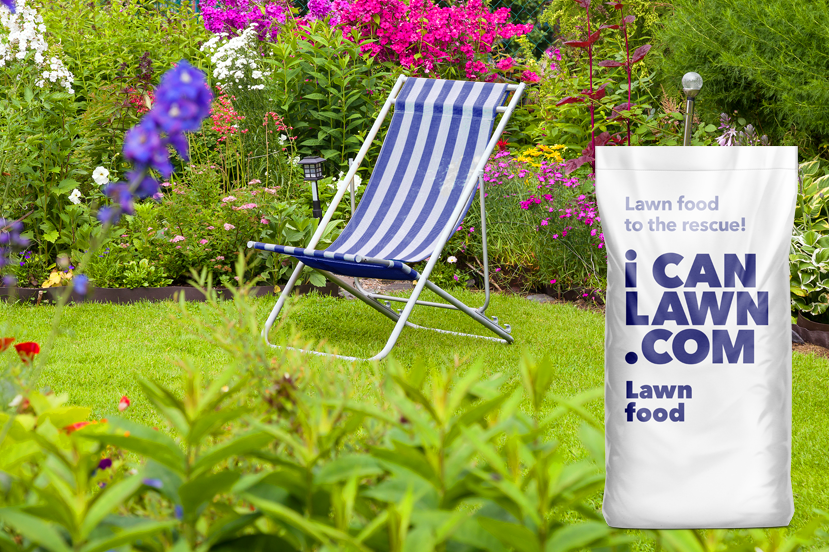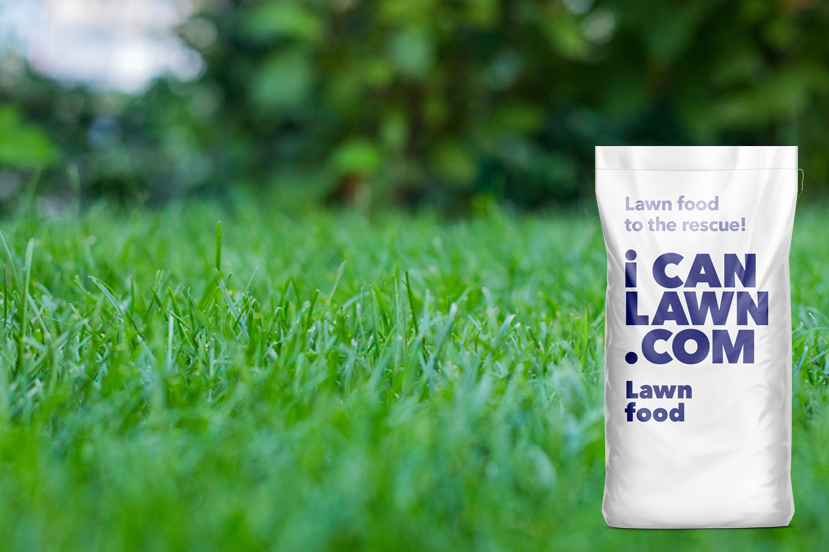What is red thread and how do I get rid of it?
If you are a grass fanatic like us and know your lawn inside out, it will become very obvious when some of your usually green grass turns to pink and red instead!
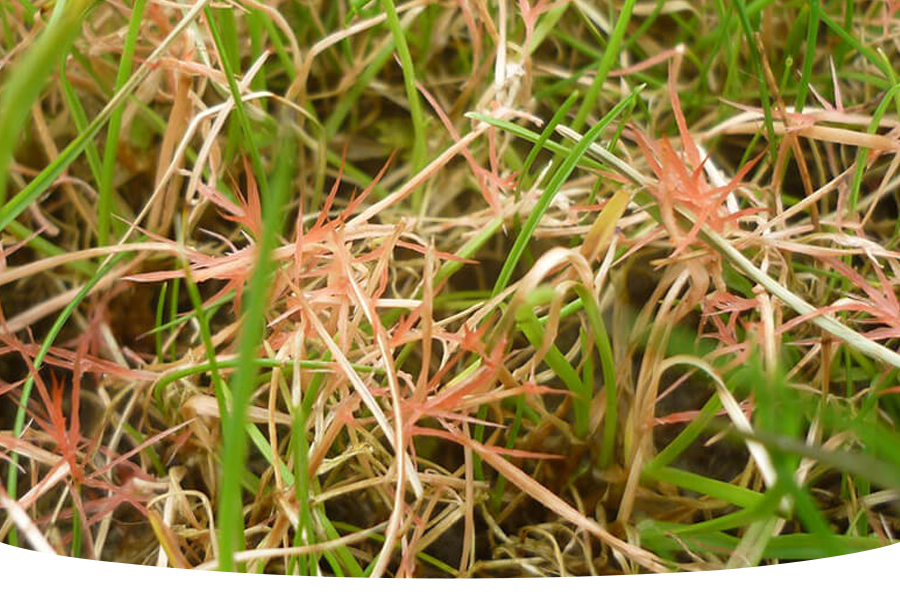
Whilst this does mean you have a case of the dreaded red thread; you will be glad to know it is easily fixed and you can get your dream lawn back in tip-top shape in no time!
Firstly, what is red thread?
Red thread is a common lawn disease that will appear across many UK lawns and thrives in hot and wet weather, that encourages the red thread fungus to grow. Whilst you can see red thread year-round, it is most common when we experience wet summers and autumns. In autumn, dead grass and moss can begin to gather on your lawn. This allows moisture to build up on the surface of your lawn and creates the perfect breeding ground for red thread.
How do I know if I have red thread on my lawn?
While red thread can start off by looking like many other lawn diseases with its yellowish-brown appearance, those patches will soon turn to pink, and you will be able to easily spot the red thread amongst your lawn. Typically, it forms in circular patches and the grass blades will display a tint of white and pink all over. If it has been really hot or humid, you might also notice a web-like residue amongst the pink blades of grass.
What caused this on my lawn?
In most cases, red thread is the unfortunate result of some very wet and warm weather – but there can be another culprit that can help prevent it from becoming an issue in your lawn. Lawns that aren’t regularly fed or fertilised are more susceptible to red thread, so it is often a sign it might need some TLC!
How do I get rid of red thread?
Using a nitrogen rich lawn food such as our Oh So Green will help to turn your red grass blades back to green again. Lawns that suffer from red thread are often low in nitrogen or haven’t been fed at all, so make sure to keep on top of this to prevent future red thread and other lawn diseases.
How do I prevent it?
To make sure that your green lawn stays green next year and isn’t tainted by a pinkish hue, you should make sure that you are regularly caring for and feeding your lawn.
During winter, you might start to notice a build-up of dead grass, moss and leaves across your lawn. When they are left to lie, they create a layer of moisture on your lawn that suffocates it and encourages a multitude of lawn diseases like red thread to form. Even during the winter months, you should spend time looking after and caring for your garden; trust us – your summer lawn will thank you!
Our seasonal guides should help you learn about winter lawn care and what you can do to help prevent diseases during this time. Regularly feeding your lawn will also help to prevent red thread and other diseases. This means feeding your lawn once in winter and again in summer to ensure it receives a steady flow of nutrients throughout the year. If your lawn needs a boost in between these times, you can use a quick fix 6 week feed.
To learn how to apply lawn food, make sure to check out our helpful step by step video and picture guide to make sure you get it right first time.


